Radiation Oncology in India
Radiation Oncology Treatments at Thangam Cancer Center
Advanced Technology Used in Radiation Oncology
Radiation Therapy Services in India
Benefits of Radiation Therapy
Radiation Therapy for Cancer Treatment
Radiation Oncology
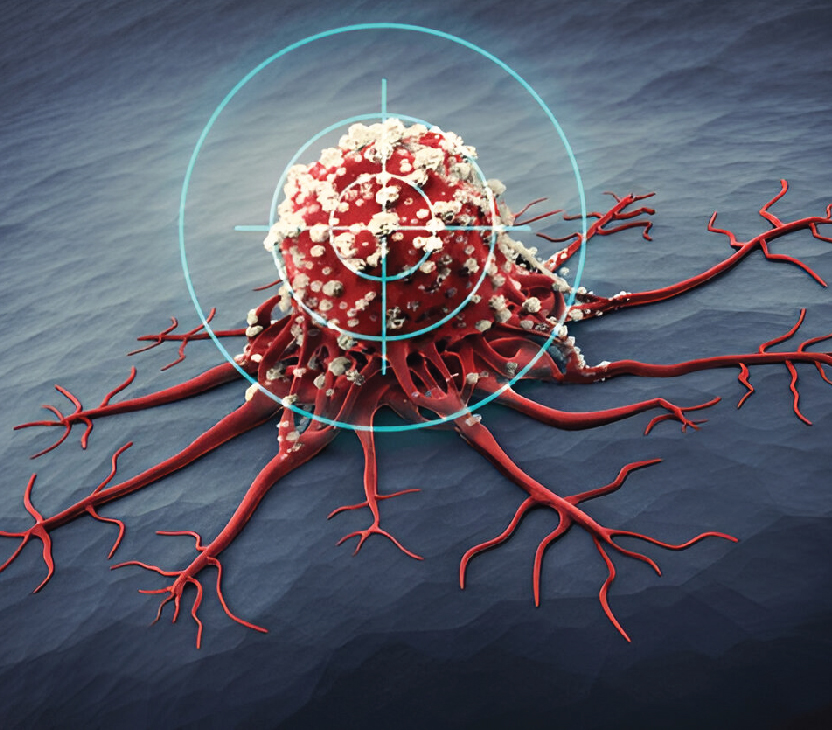
Advanced Cancer Treatment at Thangam Hospital
Radiation Oncology is a vital branch of cancer treatment that uses high-energy ionizing radiation to destroy cancer cells while preserving healthy tissue. At Thangam Hospital, we are proud to be the first in Namakkal to establish a fully equipped, state-of-the-art Radiation Therapy Unit for the treatment of a wide range of cancers.
Our Radiation Oncology Department combines cutting-edge technology, expert clinical teams, and personalized treatment planning to ensure effective cancer care with minimal side effects.
Advanced Radiation Therapy Technologies
Our facility is equipped with a High-Energy Linear Accelerator (LINAC) capable of delivering Photons, Electrons, and Flattening Filter-Free (FFF) beams, allowing for precise and targeted radiation delivery.
We offer a comprehensive range of advanced radiation therapy techniques:
1. 3D Conformal Radiation Therapy (3DCRT)
Customizes radiation beams to match the shape of the tumor, minimizing exposure to surrounding healthy tissues.
2. Intensity Modulated Radiation Therapy (IMRT)
Delivers varying intensities of radiation to different areas of the tumor for improved precision and fewer side effects.
3. Image Guided Radiation Therapy (IGRT)
Uses real-time imaging to adjust radiation delivery with high accuracy, especially for tumors that move during treatment.
4. RapidArc™ / Volumetric Modulated Arc Therapy (VMAT)
Delivers radiation in a single or multiple arcs around the patient, reducing treatment time while maintaining effectiveness.
5. Respiratory Gating
Synchronizes radiation delivery with the patient’s breathing cycle, ideal for tumors in the chest or upper abdomen.
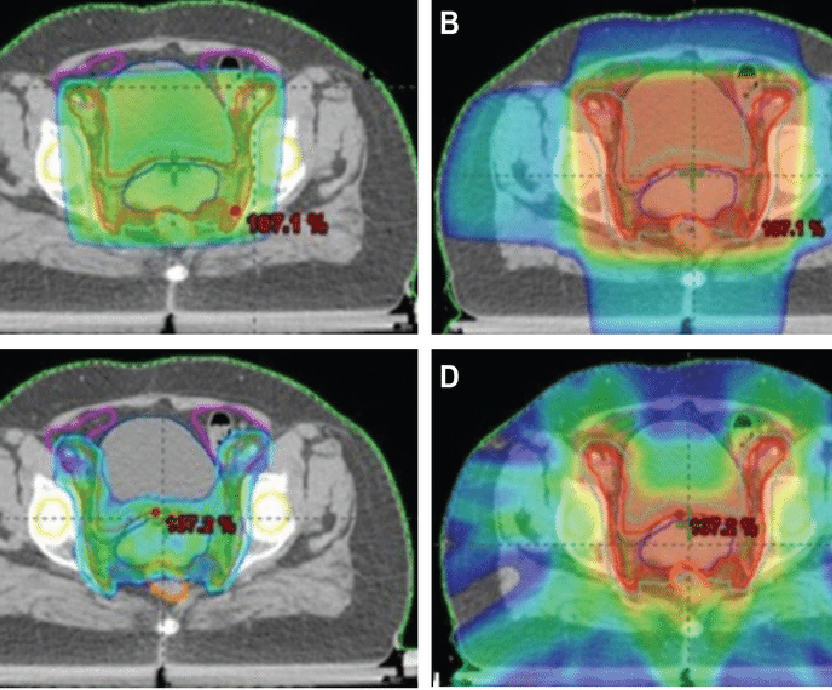
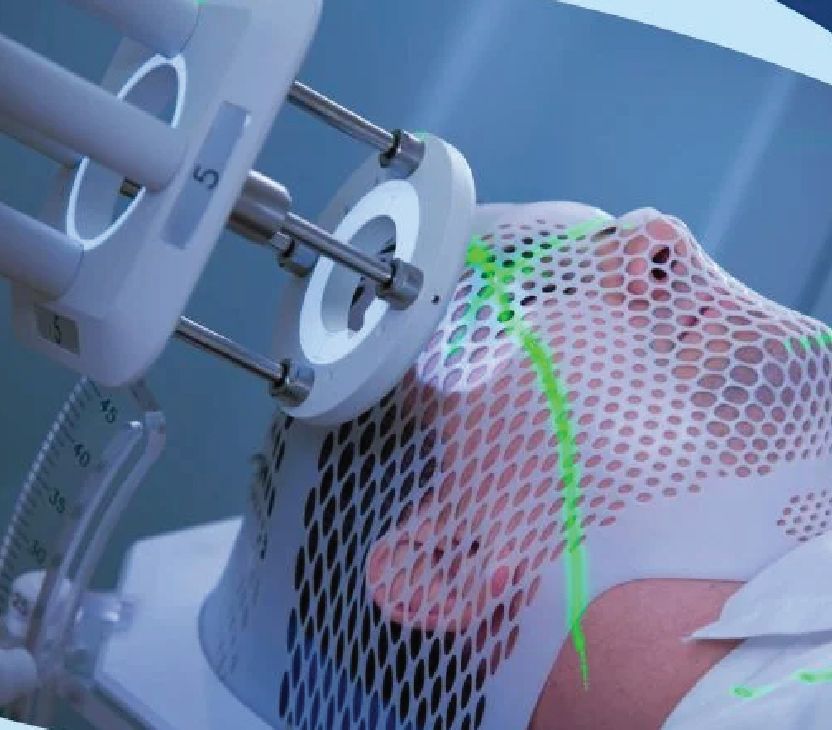
Stereotactic Radiosurgery (SRS)
Stereotactic Radiosurgery (SRS) is an advanced, non-invasive form of radiation therapy used primarily to treat small brain tumors and neurological conditions. Despite the name, SRS doesn’t involve any actual surgery or incisions. Instead, it delivers high-dose, precisely focused radiation beams directly to the affected area, preserving nearby healthy brain tissue.
Stereotactic Body Radiation Therapy (SBRT)
At Thangam Hospital, we offer Stereotactic Body Radiation Therapy (SBRT) — a highly advanced, non-invasive cancer treatment that delivers precise, high-dose radiation to small, well-defined tumors. SBRT is a powerful and focused form of radiation therapy that ensures maximum tumor control with minimal impact on surrounding healthy tissues.
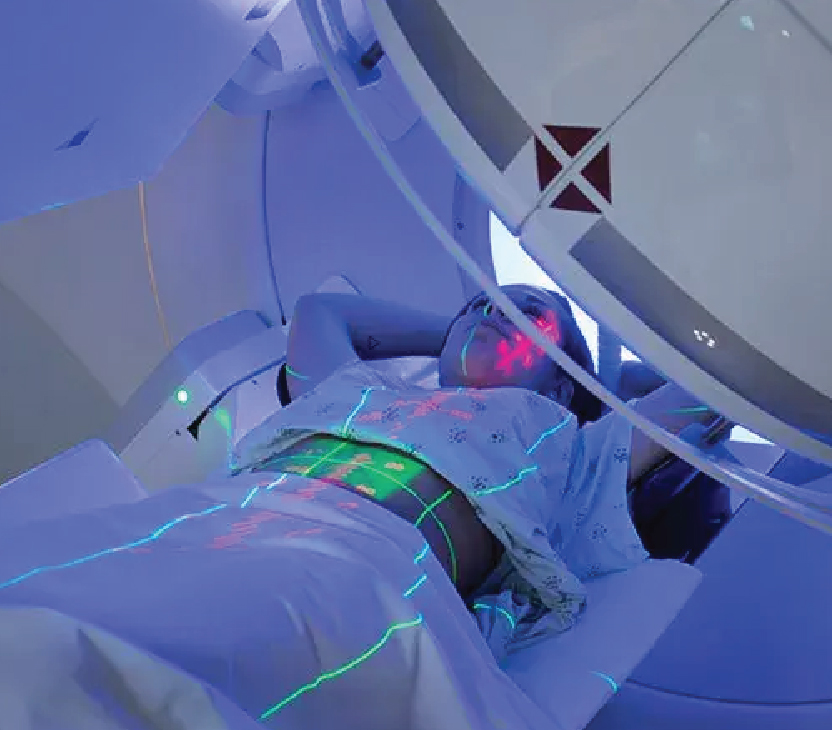
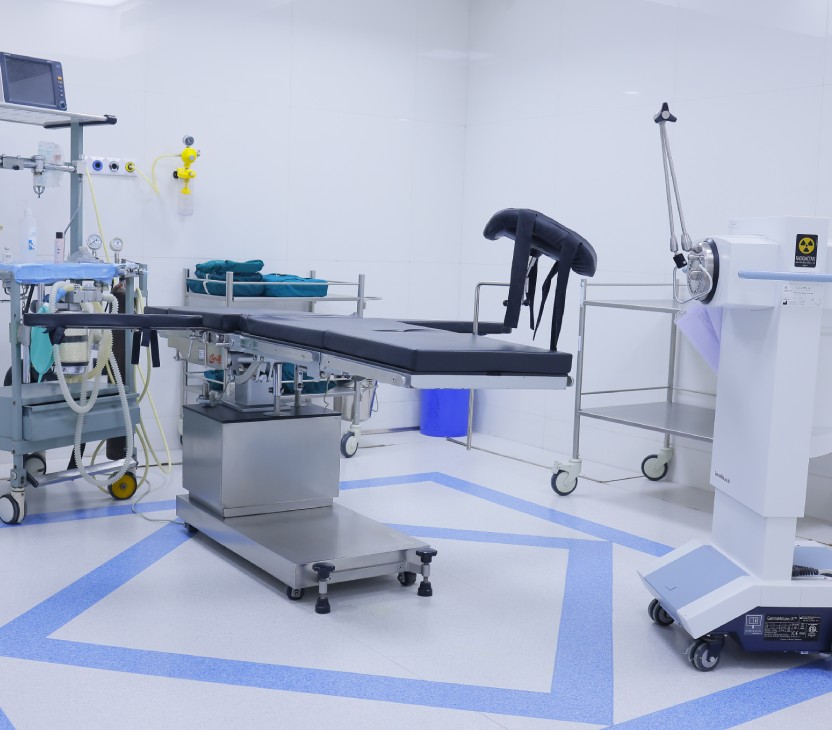
Brachytherapy – Internal Radiation Therapy
Our department is equipped with a 24-channel High Dose Rate (HDR) GammaMed Plus™ Brachytherapy system, designed to provide targeted, high-precision internal radiation therapy.
Applications:
- Cervical Cancer
- Breast Cancer
- Prostate Cancer
- Soft Tissue Sarcomas
Brachytherapy allows for shorter treatment times and focused dose delivery, improving outcomes and minimizing complications.
Radiofrequency Ablation (RFA)
RFA is a non-surgical option that uses thermal energy to destroy cancer cells precisely.
- Image-guided procedure for liver, kidney, lung, and bone tumors
- Needle-based technique = No large incisions
- Ideal for patients unfit for surgery
- Outpatient or short-stay procedure with minimal downtime
- Can be repeated if needed or used alongside systemic therapies
- A safe, targeted solution for selected solid tumors.
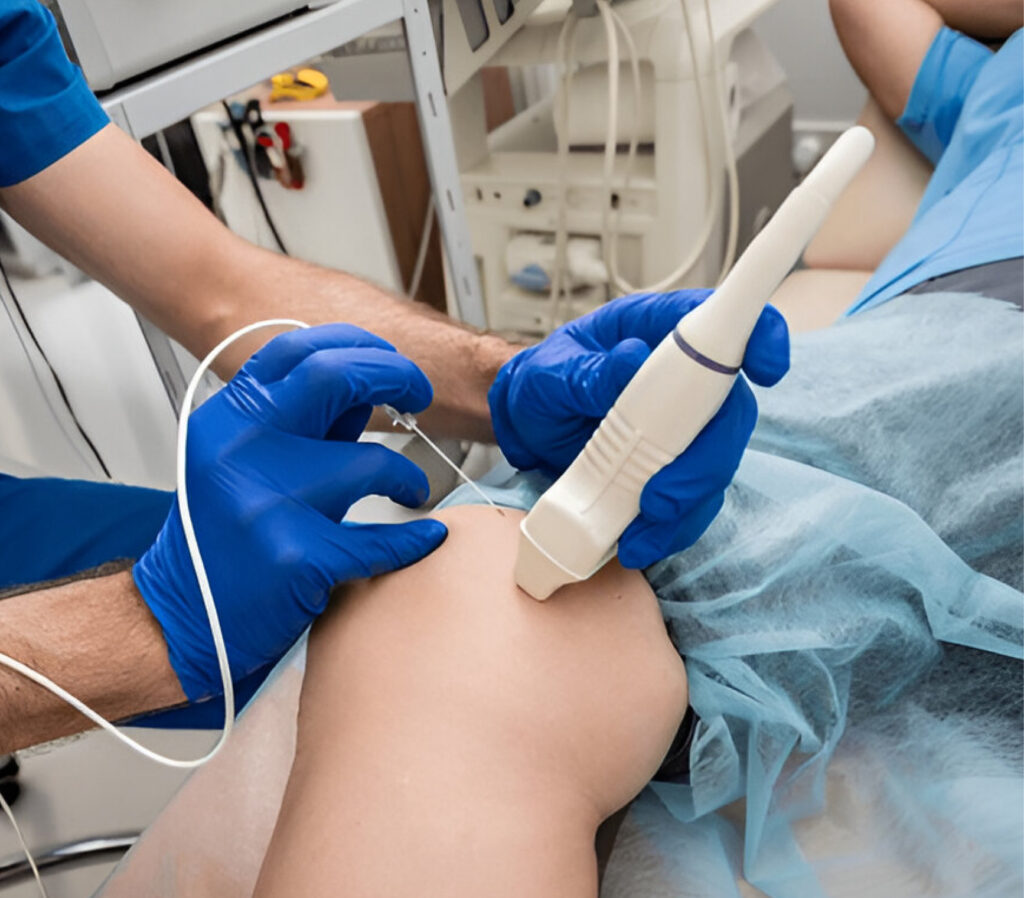

Multidisciplinary Expert Team
The Radiation Oncology Department at Thangam Hospital is led by an experienced team comprising:
- Radiation Oncologists
- Medical Physicists
- Radiation Safety Officers
- Radiotherapy Technologists
Our team works in close coordination with highly experienced Medical and Surgical Oncology teams to develop integrated, personalized cancer treatment plans that prioritize safety, comfort, and efficacy.
Looking for advanced radiation therapy in Tamil Nadu?
Trust the expertise and technology at Thangam Hospital, Namakkal’s leading cancer care center.
